Why should we care for Creation and the environment?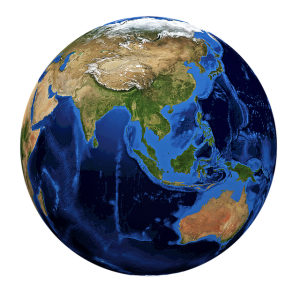
All human beings, whether people of faith or not have a duty to care for creation, for the sake of everyone currently alive and for those generations still to come. This duty is particularly important today, given the unprecedented environmental damage that has taken place over the last few decades.
Put simply, we should all care for the environment of our planet because it is the only one we have, if we damage it irreparably we will not be able to replace it and we all depend on the condition of the environment for our lives. Environmental degradation has effects on all of humanity but its effects are most brutal on the poor and vulnerable.

The state of the environment has other flow on effects for a number of other social justice issues. Changing weather patterns result in diminished crop yields leading to famine and starvation. Atmospheric pollution leads to an increase in respiratory illnesses and premature death. Rising levels of contaminants in our food and water have a detrimental health consequences for so many people. And as rising sea levels and a lack food force people away from their homes we see an increase in environmentally displaced persons. A rise in temperatures on land and in the oceans sees a change in the balance of whole ecosystems leading to more species becoming extinct. The increase in severity and frequency of extreme weather events such as droughts, floods, fires and storms are also a result of climate change.
The Intergovernmental Panel on Climate Change has concluded that the current trend of global warming is extremely likely (greater than 95% probability) to be the result of human activity since the mid-20th century and is proceeding at a rate that is unprecedented over millennia.
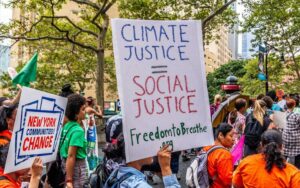 What is the state of our global environment today?
What is the state of our global environment today?
An overview of the critical indicators of the state of our environment are:
- 2019 was the second warmest year on record and 2010-2019 was the warmest decade on record. The earth has been getting warmer in every decade since the 1980s. (Statement on the State of the Global Climate in 2019 issued by the World Meteorological Organization)
- In 2019 CO2 levels and other greenhouse gas emissions once again reached record highs are at the highest rate they have been in history and they are continuing to rise. While there has been a slight drop in 2020 due to the coronavirus pandemic the World Meteorological Association believes that emissions will return to previous levels once travel and industry resume at full strength.
- The planet is 1.1C degrees warmer than pre-industrial times with this trend expected to continue.
- Global emissions of carbon dioxide (CO2) have increased by almost 50 per cent since 1990.
- Average global temperatures have increased by 0.85°C from 1880 to 2012.
- Ocean temperatures have also increased, snow and ice caps have diminished and sea levels have risen more than 19cm in the last century.
- As much as 40 per cent of the world’s oceans are heavily degraded by human activities, including pollution, depleted fisheries, and loss of coastal habitats.
- Forests (30% of the earth) are essential for combating climate change but thirteen million hectares of forests are being lost every year.
- Of the 8,300 animal breeds known, 8 per cent are extinct and 22 per cent are at risk of extinction.
Source: United Nations, Sustainable Development Goals
 In August 2021, the Intergovernmental Panel on Climate Change released its Sixth Assessment Report from Working Group I on the physical science basis of climate change.
In August 2021, the Intergovernmental Panel on Climate Change released its Sixth Assessment Report from Working Group I on the physical science basis of climate change.
Its first statement was that “It is unequivocal that human influence has warmed the atmosphere, ocean and land. Widespread and rapid changes in the atmosphere, ocean, cryosphere and biosphere have occurred.” (Summary for Policymakers, page 6)
The report reiterated that many of the changes observed in the climate are unprecedented in thousands, if not hundreds of thousands of years, and some of the changes already set in motion—such as continued sea level rise—are irreversible over hundreds to thousands of years.
The Report’s findings have been described as a “code red” for humanity. The report found that unless there are immediate, rapid and large-scale reductions in greenhouse gas emissions, limiting warming to close to 1.5°C or even 2°C will be beyond reach.
Some key findings include:
- Climate change brings more intense rainfall and associated flooding, as well as more intense drought in many regions.
- Coastal areas will see continued sea level rise throughout the 21st century, contributing to more frequent and severe coastal flooding and coastal erosion.
- Further warming will amplify permafrost thawing, and the loss of seasonal snow cover, melting of glaciers and ice sheets.
- Changes to the ocean, include warming, more frequent marine heatwaves, ocean acidification.
- For cities, some aspects of climate change may be amplified, including heat, flooding from heavy rainfall and sea level rises in coastal cities.
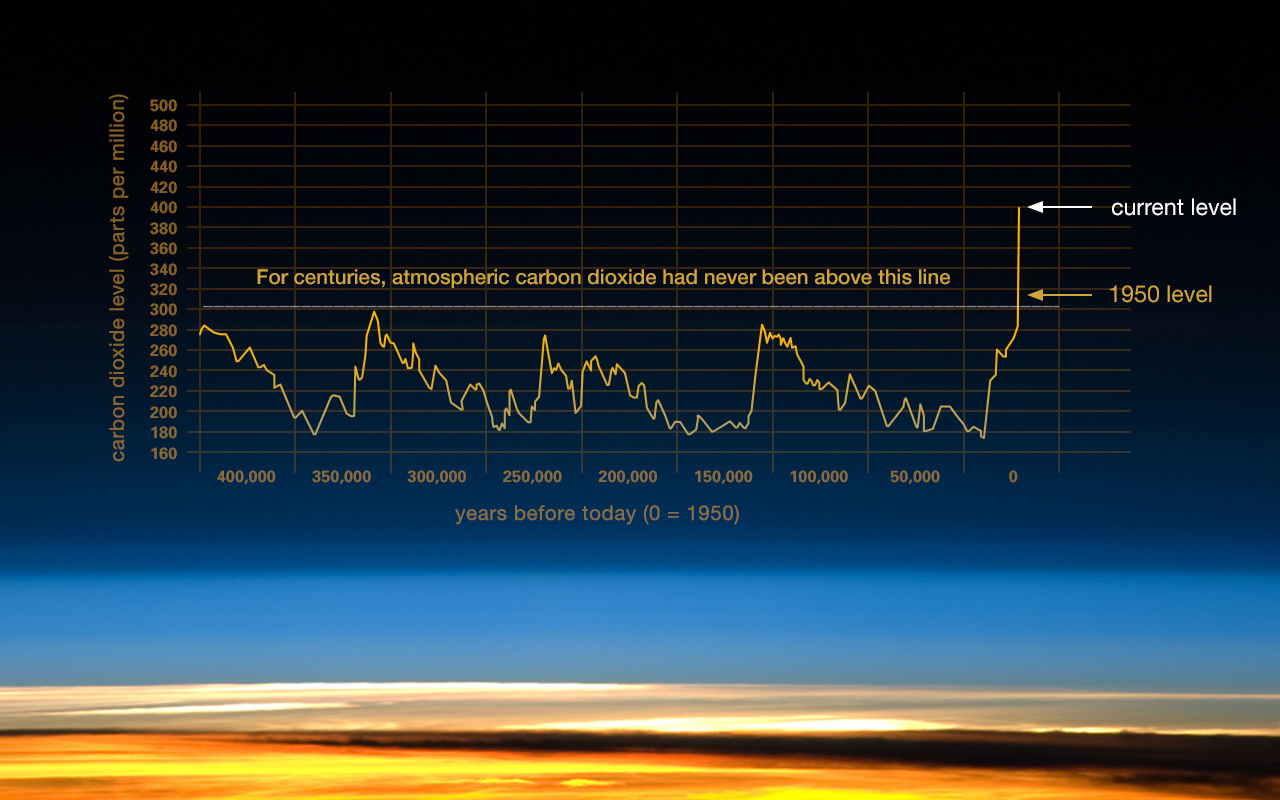 Source: NASA, Global Climate Change Vital Signs of the Planet
Source: NASA, Global Climate Change Vital Signs of the Planet
For a more detailed overview of the state of the global environment today, click here.
What is the state of our Australian environment today?
The Australia State of the Environment Report 2016 noted that despite the generally good condition of the Australian environment, the condition of the environment in certain areas is, however, poor and/or deteriorating. However, that report does not take into account evidence of environmental damage since then such as the drought across Eastern Australia from 2017-2019, the 2019-2020 summer bushfires, the 2020 floods in New South Wales and the mice plague ravaging parts of Australia in 2021. The next State of the Environment report is due to be released in 2022.
An overview of the critical indicators of the state of our Australian environment from 2016 are: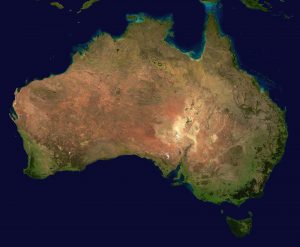
- Australian average temperatures have increased by 1°C since 1910.
- Climate change is affecting the structure and function of natural ecosystems, its impacts are increasing and may be irreversible.
- The ongoing detrimental environmental impact of active and former mining sites is cause for concern.
- Some coastal species’ conditions have deteriorated and the decline of migratory shore bird populations is noticeable.
- Since 2011 there have been several extreme weather events including cyclones, heat waves and floods.
- Record high water temperatures have caused widespread coral bleaching, habitat destruction and species mortality in 2011–16.
In addition to those, the more serious consequences of the extreme weather events mentioned above include:
- The Bureau of Meterology says that 2017, 2018 and 2019 saw the most widespread dry conditions, in some parts of the country, the dry conditions had also persisted between 2012-2015. The Bureau also recognised that this was a situation of no clear historical precedent. During this time, the most extreme rainfall deficiencies over multi-year periods occurred in the northern half of New South Wales. A combination of drought factors algal bloom and sudden temperature drops led to hundreds of thousands, possibly millions, of fish dying in the Murray-Darling Basin in December 2018-January 2019.
- Thirty-three people died during the 2019-2020 summer bushfires in Australia, approximately 3000 homes were destroyed, over 17 million hectares of land were burned and three billion animals died. The Bureau of Meteorology noted in its Annual Climate Statement 2019, published on 9 January 2020, that, ‘The extensive and long-lived fires appear to be the largest in scale in the modern record in New South Wales, while the total area burnt appears to be the largest in a single recorded fire season for eastern Australia’. CSIRO attributes the increase in the occurrence of extreme fire weather and in the length of the fire season across large parts of Australia since the 1950s to climate change. 2019 was the driest year since records began in 1900 and it was Australia’s warmest year with the annual mean temperature was 1.52 °C above average.
- The effects climate change are also evident in the waters around us. The oceans around Australia are acidifying and have warmed by around 1 °C since 1910, contributing to longer and more frequent marine heatwaves. Sea levels are also rising around Australia, including more frequent extremes, that are increasing the risk of inundation and damage to coastal infrastructure and communities.
- The floods which hit New South Wales in 2021 stretched over 600 kilometres and were hailed as a once in a century event.
What are the effects of Climate Change in Sydney?
- The Bureau of meteorology recognised that extreme heat affected Greater Sydney on a number of occasions in 2020. The most exceptional heat was on 4 January, when temperatures reached 48.9 °C at Penrith, the highest temperature ever recorded in Greater Sydney and making Penrith the hottest place on Earth on that day. In 2019, Parramatta experienced 47 Days with temperatures above 35 degrees.
- Western Sydney frequently faces temperatures 6-10 degrees higher than in the East of Sydney. Among the most serious consequences of this effect is that there can be up to three times as many heat-related deaths in western Sydney during heat waves than in Sydney’s east. The Urban Heat Island effect also has other consequences such as limiting the ability of children and adults to get enough exercise because it is too hot, hindering the ability of students to concentrate on their studies and a surge in electricity consumption and the power bills as people try to stay cool. The surface temperatures of some playgrounds in Western Sydney frequently hit between 80-100 degrees.
What has caused such environmental degradation?
The primary cause of environmental degradation is human activities which are harmful to the planet. Many of the results of climate change we have seen are due to unsustainable and environmentally damaging practices.
A leading cause of climate change is what is called the “greenhouse effect”. Certain gasses in the Earth’s atmosphere trap heat from escaping and radiate that heat back to earth causing a rise in temperature. The dramatic increase in the fossil fuels burned over the last century or so has created this effect both by increasing the amount of heat which needs to escape and by increasing the amount of carbon dioxide in the atmosphere (which keeps the heat trapped on the planet). Forests and trees help reduce the amount of carbon dioxide in the atmosphere, but with forests being cleared, more carbon dioxide remains in the atmosphere.
Many aspects of climate change are interlinked. For example a rise in average global temperatures has also lead to the shrinking of the ice caps and a rise in sea levels. As the natural habitats of those who live on the earth, in the ocean or in the atmosphere change, so do their practices sourcing food and migration, further impacting the ecosystem around them. Human responses to changes in the environment and diminishing food sources may also have a further contributory impact on environmental degradation.
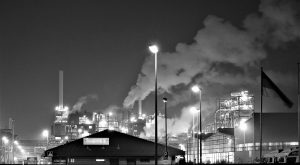
 For more information on the causes of environmental degradation click here.
For more information on the causes of environmental degradation click here.
What are the effects of environmental degradation?
Many of the effects of environmental degradation are already visible such as an increase in temperature of the atmosphere and oceans; more fluctuations in temperature and rainfall in different seasons; more frequent extreme weather events; and the extinction of many species of animal and plant life.
One cause of climate change which is expected to continue is the increase in temperature. The United Nations has stated “Without action, the world’s average surface temperature is projected to rise over the 21st century and is likely to surpass 3 degrees Celsius this century—with some areas of the world expected to warm even more. The poorest and most vulnerable people are being affected the most.”
More Information and Getting Involved
- To find out more about what the Church teaches click here.
- For more information and how you can get involved click here.
Last updated August 2021
